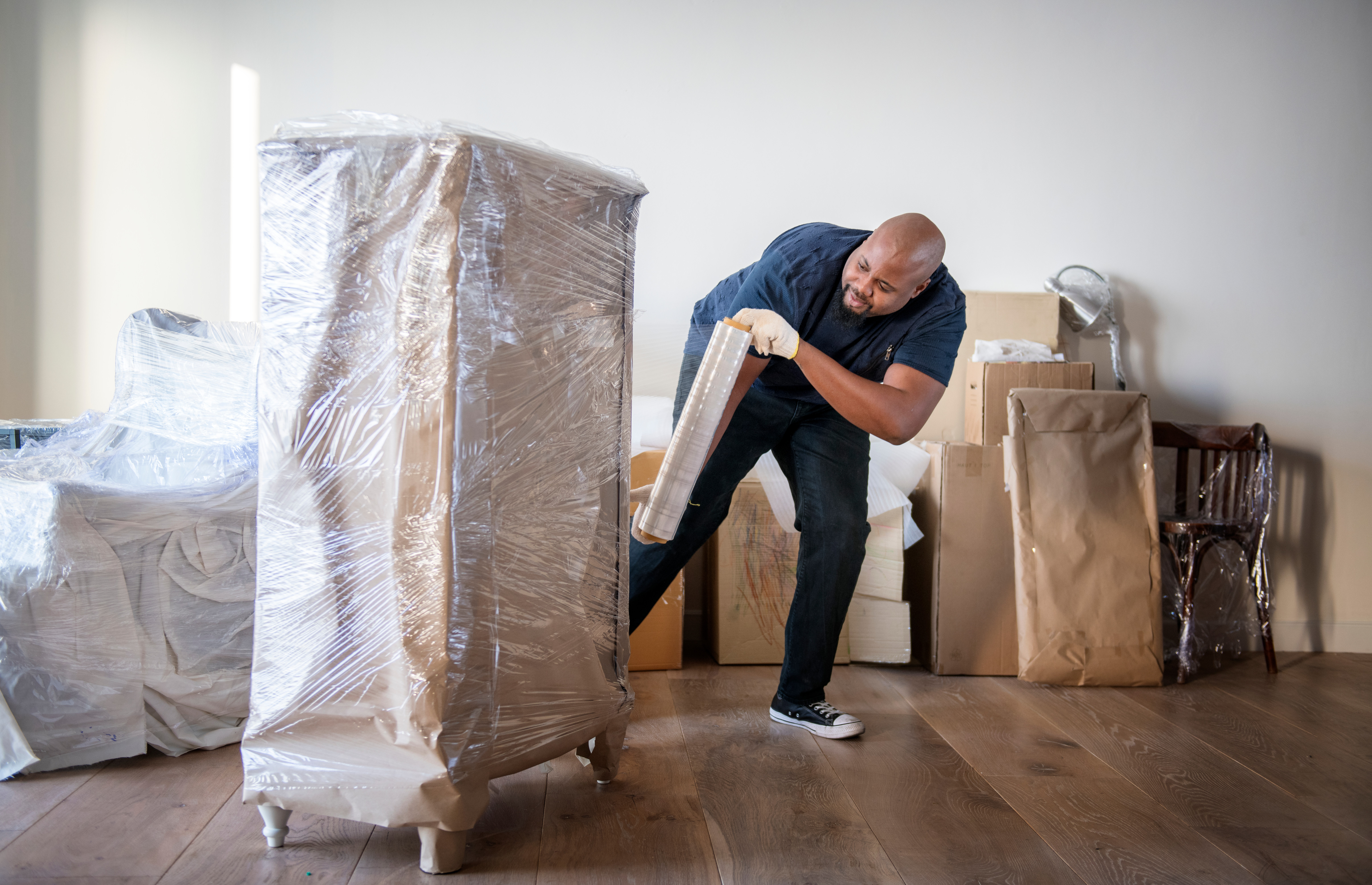Find self-storage near you
Do you need a Removals service?
Ultimate Guide to Storing Fine Art in Self Storage: Protect Your Valuable Artwork

For art collectors, artists, and anyone passionate about fine art, the thought of storing valuable pieces can be daunting. Whether you’re running out of wall space at home, moving to a new location, or simply wanting to keep your collection safe and protected, putting your art pieces in a storage unit can be a great solution.
However, not just any storage facility will do—storing art requires careful consideration and the right environment to ensure your precious pieces remain in pristine condition. In this post, we’ll explore the best practices for storing fine art in a self storage unit, so you can keep your artwork safe and sound.
Choosing the Right Storage Unit
When it comes to storing fine art, not all self storage facilities and units are created equal. The first thing to look for is a climate-controlled storage unit
Another factor to consider is security. Safe storage is always important, especially when you are looking to store paintings and other valuable art pieces. Art collections can be extremely valuable, both monetarily and sentimentally, so it’s essential to choose a self storage facility with robust security measures. Look for a facility with features like on-site personnel, surveillance cameras, and restricted access. Some facilities even offer extra security options, such as individual alarms for storage units.
Preparing Artwork for Storage
Before placing valuable artwork in storage, it’s crucial to prepare it properly with the right materials. Start by cleaning your art pieces with a soft cloth, preferably a microfibre cloth, to remove any dust or grime build-up. Avoid using any cleaning agents or water, as these can damage delicate artwork. For paintings, cover the surface with acid-free tissue paper or acid-free paper to protect it from direct contact with other materials.
When it comes to packing materials, choose high-quality, archival-grade packing material options. Acid-free boxes, bubble wrap, and brown paper are excellent choices for protecting artwork. For particularly delicate items, consider using mirror boxes which are specially designed to safeguard framed art. Use packing tape to secure everything in place and prevent movement during transport.
If you’re storing multiple pieces together, avoid stacking them directly on top of each other. Instead, use separators like cardboard box sheets or foam padding to prevent damage. Also, make sure to store artwork upright rather than flat, as this reduces the risk of pressure damage. For sculptures or other three-dimensional pieces, use packing peanuts or other cushioning materials to fill any gaps and prevent movement.
Storing Artwork in the Unit
Once your art is packed and ready, it’s time to place it in the temperature controlled self storage units. Choose a location within the unit that is off the ground, such as on shelves or pallets, to protect against potential water damage. Even in a climate-controlled storage unit, it’s wise to take precautions against unexpected leaks or spills.
Keep your art away from bright light sources, as UV rays can cause colours to fade over time. While most storage units are dimly lit, it’s still a good idea to cover your artwork with cloth or opaque materials for extra protection. Additionally, avoid placing artwork near the unit’s ventilation system, as fluctuations in airflow can affect humidity levels.
To stay organised, label all boxes and containers with the contents inside. This not only helps you keep track of your stored items but also allows for easy access if you need to retrieve something. Remember to leave enough space between items for airflow, which helps maintain a stable environment.
Long-Term Art Storage Considerations
If you plan to store artworks for an extended period, there are a few additional considerations to keep in mind. Consider different storage methods based on the type and size of your artwork to ensure long-term preservation. First, it’s essential to check on your stored pieces periodically. While a well-maintained storage unit should provide a stable environment and in climate control, it’s always best to ensure that your art remains in good condition.
Consider investing in insurance for your art collection. While storage facilities often have security measures in place, accidents can still happen. Insurance provides an extra layer of protection, giving you peace of mind that your valuable collection is covered.
It’s also wise to keep a detailed inventory of your stored artworks, including photographs and descriptions. This not only helps with organisation but also serves as valuable documentation in case of any issues. If possible, store a digital copy of this inventory in a secure location, separate from the physical storage facility.
READ: The 7 Factors That Affect Self StorageFinal Thoughts
Storing fine art in a self storage unit can be a practical and secure solution, whether you’re an avid collector or simply need to store art to free up space. By choosing a climate-controlled storage unit, using the right packaging materials, and taking the necessary precautions, you can ensure that your precious pieces are protected from environmental damage and other risks. Remember, the key to preserving art lies in maintaining a stable, controlled environment and handling each piece with care.
Whether you’re storing artwork temporarily or for the long haul, following these best practices will help keep your collection in pristine condition. So, the next time you’re considering a storage solution for your valuable art, remember that a little extra care and attention can go a long way in preserving the beauty and value of your collection.
Meanwhile, if you have yet to decide on a storage unit to store your valuable art pieces, use our website to compare storage unit prices in several areas across the UK, including London, Birmingham, Manchester, Liverpool, Bristol, and more. Need help moving your art pieces? Hire a man and van mover with WhatManandVan!


